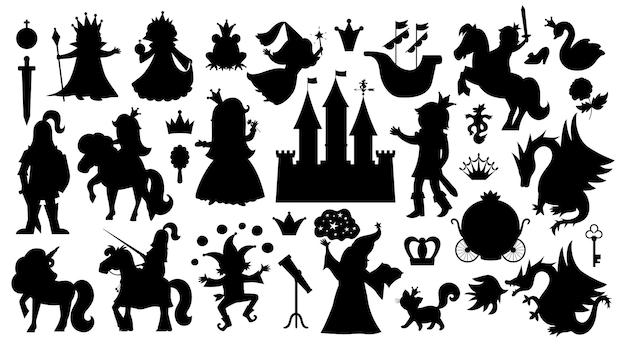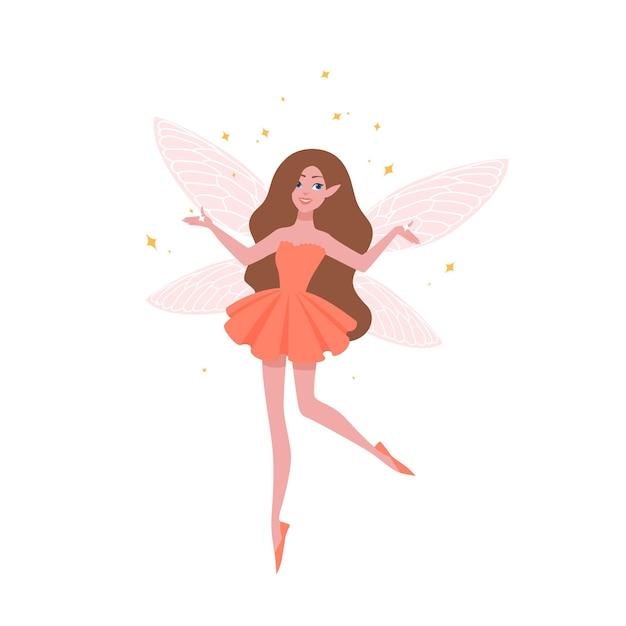In the realm of storytelling, there are various genres that captivate our imagination and transport us to fantastical worlds. Myths, legends, fables, and fairy tales are some of the most enchanting forms of literature that have been passed down through generations. They have the ability to entertain, educate, and inspire, but what sets them apart from one another?
In this blog post, we will delve into the fascinating world of myths, legends, fables, and fairy tales to uncover their unique characteristics and distinctions. We will explore their origins, their narrative styles, and the messages they convey. So, whether you’ve ever wondered if a fable could be considered a legend, or simply want to dive deeper into the rich tapestry of storytelling, join us on this journey as we unravel the differences between myths, legends, fables, and fairy tales.

The Distinctions Among Myths, Legends, Fables, and Fairy Tales
Have you ever wondered about the differences between myths, legends, fables, and fairy tales? These storytelling genres have enthralled readers and listeners for centuries. While they share some similarities, each category has its unique characteristics that set it apart. So, let’s dive into the fascinating world of myths, legends, fables, and fairy tales to unravel their distinctive qualities!
Myths: Legends of the Ancient Origins
Myths are captivating narratives that explain the origins of the world, natural phenomena, and human existence. Rooted in oral tradition, myths often feature gods, goddesses, and supernatural beings. These tales, passed down from one generation to the next, hold deep cultural and religious significance. In ancient times, myths served as a roadmap for understanding the world and were integral to different societies’ belief systems.
Legends: Epic Tales of Heroes and Heroines
Legends, like myths, possess a mythical quality, but they’re grounded in history. Legends recount the extraordinary tales of heroic individuals whose lives and deeds have left an indelible mark on society. These stories often blur the line between fact and fiction, making it challenging to discern what is true and what is exaggerated. Legendary figures, such as King Arthur and Robin Hood, have become iconic characters through these enthralling narratives.
Fables: Animal Adventures with Moral Lessons
Fables are delightful stories that involve talking animals, plants, or even inanimate objects. These anthropomorphic creatures embark on whimsical adventures, teaching readers valuable life lessons along the way. The crow and the fox’s tale, where flattery leads to deception, is a classic example of a fable. These brief and concise narratives are known for their moral teachings, making them a favorite among both children and adults.
Fairy Tales: Magical and Enchanting Adventures
Fairy tales often transport us to enchanted realms where mythical creatures, witches, and magical spells exist. Popularized by authors like the Brothers Grimm and Hans Christian Andersen, fairy tales feature memorable characters like Cinderella, Snow White, and Little Red Riding Hood. These timeless tales captivate readers with their fantastical elements, happy endings, and moral lessons.
Decoding the Differences
Now that we’ve explored the essence of myths, legends, fables, and fairy tales, let’s pinpoint the differences that set them apart:
-
Nature: Myths revolve around the origins of the world, natural phenomena, and spiritual beings. Legends, on the other hand, focus on heroic figures from historical or mythical backgrounds. Fables highlight moral lessons using talking animals or objects, and fairy tales transport us to magical realms that ignite our imagination.
-
Historical Basis: Myths are steeped in cultural and religious beliefs, often passed down through generations. Legends contain historical elements with a touch of mythology and are often based on real or semi-real people or events. In contrast, fables and fairy tales are generally fictional and do not involve specific historical accounts.
-
Narrative Style: Myths are typically grand and encompassing, with epic storylines that explain the universe’s fundamental aspects. Legends tend to be more focused, centering on the adventures of heroic individuals. Fables adopt a concise and straightforward style, delivering moral lessons through brief narratives. Fairy tales captivate through enchanting settings, magical creatures, and captivating plotlines.
So, whether you’re fascinated by ancient mythology, intrigued by historical figures, want to learn essential life lessons, or simply escape into a world of magic and whimsy, myths, legends, fables, and fairy tales offer a plethora of captivating options. Embrace the diversity of storytelling and let your imagination soar as you explore these enchanting literary genres!

FAQ: What is the Difference Between Myths, Legends, Fables, and Fairy Tales
Welcome to our FAQ section, where we’ll explore the captivating realm of myths, legends, fables, and fairy tales. Prepare to have your curiosity satisfied as we unravel the differences between these enchanting narratives.
Is a Fable a Legend
No, my friend, a fable is not a legend. While both fables and legends are storytelling genres, they have distinct characteristics that set them apart.
Fables are short and sweet tales that often feature talking animals or inanimate objects, delivering a moral or lesson. Think of Aesop’s fables, like “The Tortoise and the Hare,” where the slow and steady tortoise teaches us the value of perseverance. These stories are often passed down through generations and serve as timeless reminders of life’s wisdom.
Legends, on the other hand, are tales that usually originate from real historical events or figures, but with added layers of exaggeration, mystery, and heroism. Legends captivate our imaginations as they recount the extraordinary feats of legendary heroes like King Arthur or Paul Bunyan. These awe-inspiring narratives often blur the lines between fact and fiction, making them all the more intriguing.
What is the Difference Between Myths, Legends, Fables, and Fairy Tales
Ah, the age-old question! Let’s dive into the differences between myths, legends, fables, and fairy tales below:
Myths
Myths are ancient narratives that explain natural phenomena, origins, and the deeds of gods and heroes. These enthralling tales were the cornerstone of ancient cultures, providing answers to life’s many mysteries. From the Greek myth of Persephone explaining the changing seasons to the Norse myth of Thor battling giants, myths transport us to realms where gods walk among mortals.
Legends
Legends, as mentioned earlier, are stories rooted in history that have been embellished over time. These captivating narratives go beyond the realm of reality, infusing extraordinary elements to create a sense of wonderment. Legendary figures like Joan of Arc or Robin Hood inspire us with their daring adventures and oftentimes, their quest for justice.
Fables
Fables, my friends, are fabulous in their own right. These charming tales pack a moral punch while featuring animals or objects that possess human characteristics. Whether it’s the cleverness of the fox, the stubbornness of the mule, or the wisdom of the owl, fables teach us valuable life lessons in an engaging and entertaining way.
Fairy Tales
Lastly, we come to the enchanting world of fairy tales. These whimsical stories often begin with “Once upon a time” and transport us to magical realms where anything is possible. Fairy tales feature fantastical creatures like fairies, witches, and talking animals. They captivate our hearts with their themes of love, bravery, and triumph over adversity. Who can resist the charm of Cinderella finding her Prince Charming or the bravery of Little Red Riding Hood facing the Big Bad Wolf?
What is a Myth, Legend, Fable, and Fairy Tale
In a nutshell:
- Myths explain ancient beliefs, natural phenomena, and the exploits of gods and heroes.
- Legends are embellished stories rooted in real-life events or individuals, blurring the line between history and fantasy.
- Fables use talking animals or objects to teach us valuable life lessons in an amusing manner.
- Fairy tales, with their enchanting settings and magical elements, capture our imaginations with stories of love, adventure, and triumph.
So, my friends, now you understand the differences between myths, legends, fables, and fairy tales. Let your imagination roam free as you explore the rich tapestry of these captivating narratives!
